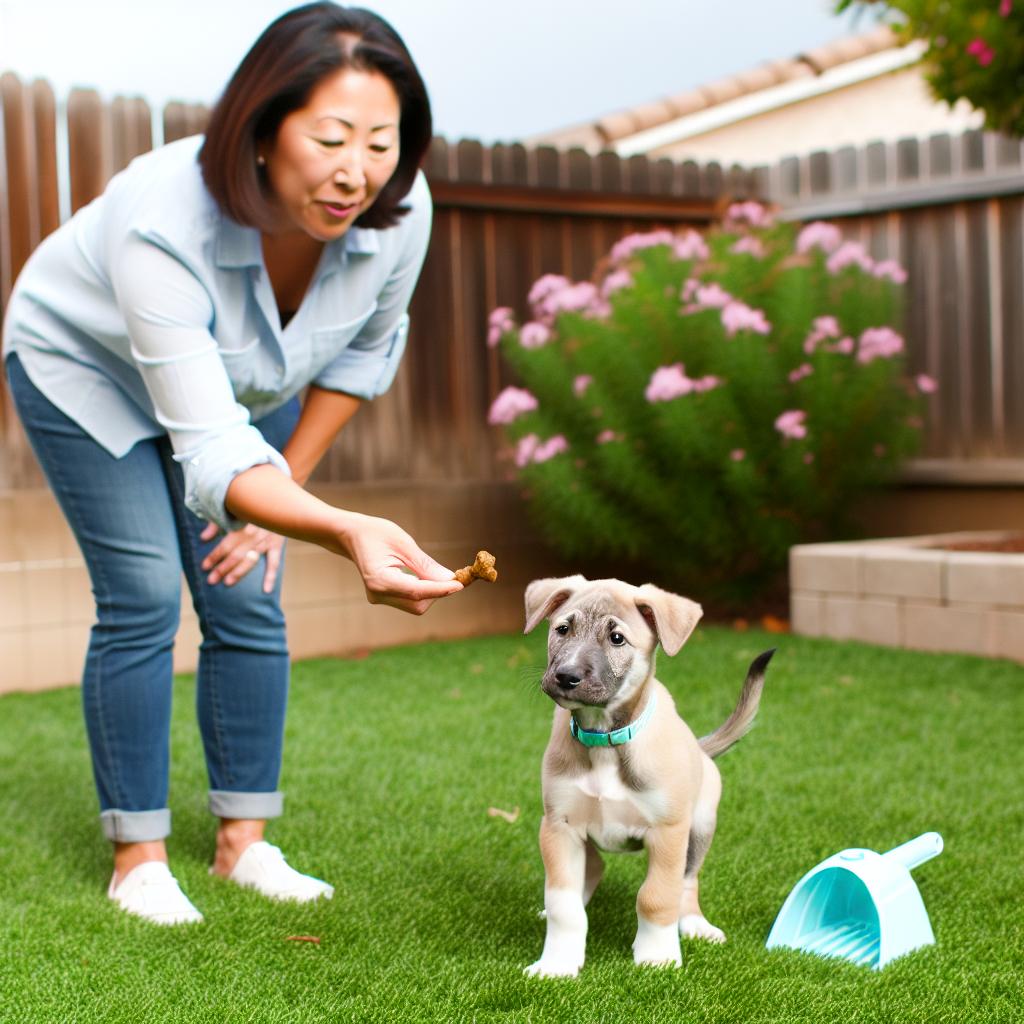Puppy Training: How Do You Potty Train a Puppy
Potty training a puppy can be one of the most challenging aspects of pet ownership, but with the right approach, it can also be one of the most rewarding. At PuppyTrainerHub.com, we understand the importance of effective and humane techniques in ensuring that your puppy develops proper bathroom habits. In this article, we will provide an extensive guide on how do you potty train a puppy, offering tips, methods, and insights to make the process as smooth as possible.
Understanding Puppy Potty Training
Before diving into the techniques, it’s vital to understand why potty training is crucial. Housebreaking your puppy not only helps to keep your home clean but also fosters good behavior and strengthens your bond with your pet. When starting the journey on how do you potty train a puppy, it’s essential to remember that patience, consistency, and positive reinforcement are key.
Setting Up for Success
Preparation plays a significant role in ensuring successful potty training. Here are some steps to get started:
- Choose a designated potty spot: Having a specific location for your puppy to relieve itself helps build consistency.
- Get the necessary supplies: Essentials include a crate, puppy pads, cleaning supplies, and treats.
- Create a schedule: Puppies thrive on routine, so setting regular feeding and bathroom times can be incredibly beneficial.
Crate Training
One effective method to train your puppy is crate training. A crate can be a valuable tool in the potty training process as it helps teach puppies to hold their bladder until they are in the appropriate location.
For more insights on crate training, visit our detailed article on Caging a Dog: The Pros and Cons.
Establishing a Routine
Consistency is the cornerstone of successful potty training. Establish a routine that aligns with your puppy’s natural schedule. Plan bathroom breaks:
- First thing in the morning: Puppies need to relieve themselves as soon as they wake up.
- After meals and naps: Plan regular bathroom breaks following meals and naps.
- Before bedtime: Make sure your puppy uses the bathroom before going to sleep.
Monitoring Food and Water Intake
Controlling your puppy’s food and water intake can help predict potty times. Feed your puppy at the same times each day and monitor how much water they drink. This will enable you to anticipate when your puppy needs to go out.
Positive Reinforcement
Puppies respond well to positive reinforcement. Whenever your puppy successfully uses the designated potty area, reward them with treats, praises, or playtime. Positive reinforcement will help them associate good behavior with rewards, accelerating the potty training process.
Recognizing Signals
It’s crucial to learn and recognize the signals your puppy gives when they need to go potty. Common signs include:
- Whining or barking
- Restlessness or circling
- Sniffing the ground
- Squatting
Understanding these signals will help you react promptly and guide your puppy to the correct spot.
Handling Accidents
Accidents are a natural part of the potty training journey. When accidents happen, remain calm and avoid punishing your puppy. Instead, clean the area thoroughly to remove any odor that may attract your puppy back to the same spot. Consistently guide them back to the designated potty area.
Patience and Consistency
Potty training requires time and dedication. Be patient with your puppy and maintain a consistent routine. Remember, each puppy learns at a different pace, so it’s essential to stay committed to the process.
Additional Resources
For further guidance on potty training, explore our comprehensive article on How to Toilet Train a Puppy as well as our guide on How to Potty Train a Puppy.
Seeking Professional Help
If you find the potty training process particularly challenging, consider seeking professional help. Professional trainers can offer tailored advice and strategies to suit your puppy’s unique needs.
Check our list of dog trainers in your area, or search for dog training near me to find qualified experts.
Conclusion
Potty training a puppy is a vital step in ensuring a happy and well-behaved pet. By understanding the basics, establishing a routine, and using positive reinforcement, you can successfully potty train your puppy. Remember, patience and consistency are key. For more information and resources on puppy training, visit PuppyTrainerHub.com.
We hope you found this guide on how do you potty train a puppy helpful. For more tips and advice, check out our additional articles, including Puppy Dog Training Near Me and Puppy Training Near Me.

